Decoding "Nano Banana": Key to Next-Gen Image Editing—Fine-Grained Instruction Data
The next generation of AI-powered image editing will not be won by larger models alone, but by datasets that capture the nuance of human intent. Viral projects like Nano Banana demonstrate that success comes from bridging the user intent gap—the disconnect between vague natural language prompts and the rich, contextual scenes users actually imagine. Abaka AI addresses this challenge with fine-grained instruction data that expands simple commands into detailed, production-ready directives. Through case studies, we show how this approach transforms “extract cat image” into a complete commercial scene, or “Messi and Ronaldo in a bar” into a vivid narrative moment. Abaka AI’s curated datasets span categories like Part Editing, Object Replacement, and Style Transfer, each designed to train models in precision, photorealistic compositing, and aesthetic control. By embedding geometry, lighting, attributes, and storytelling into training data, we provide a visual language curriculum that enables AI to think like creative directors. With these datasets, developers can accelerate deployment of next-generation image editing tools that finally meet user expectations in detail, context, and creativity.
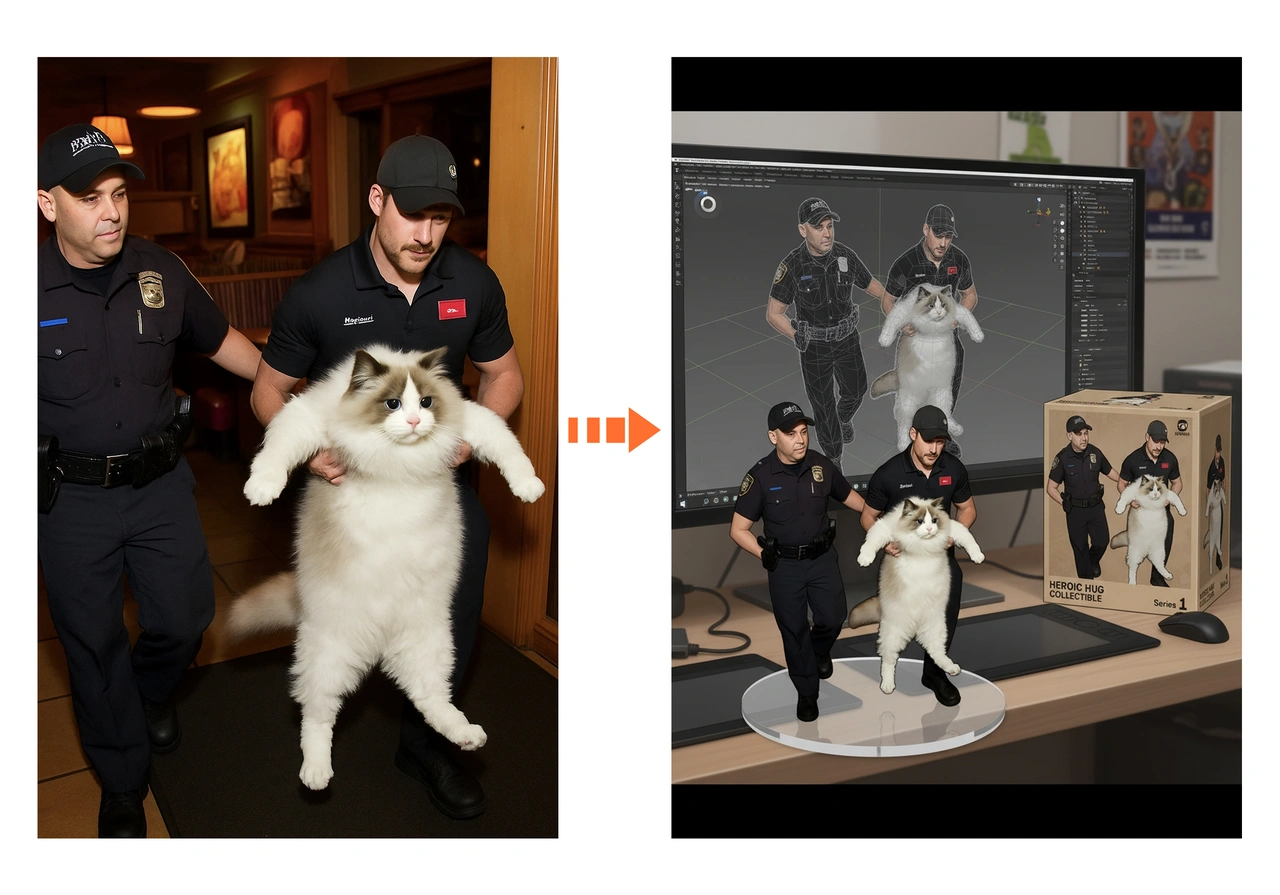
In today’s rapidly evolving AI landscape, image editing is undergoing a profound transformation. From traditional toolbars and layers to intelligent, natural-language-driven creation, the possibilities seem endless. One of the most talked-about breakthroughs is “Nano Banana,” a viral phenomenon on social media that has redefined what cutting-edge image editing looks like.
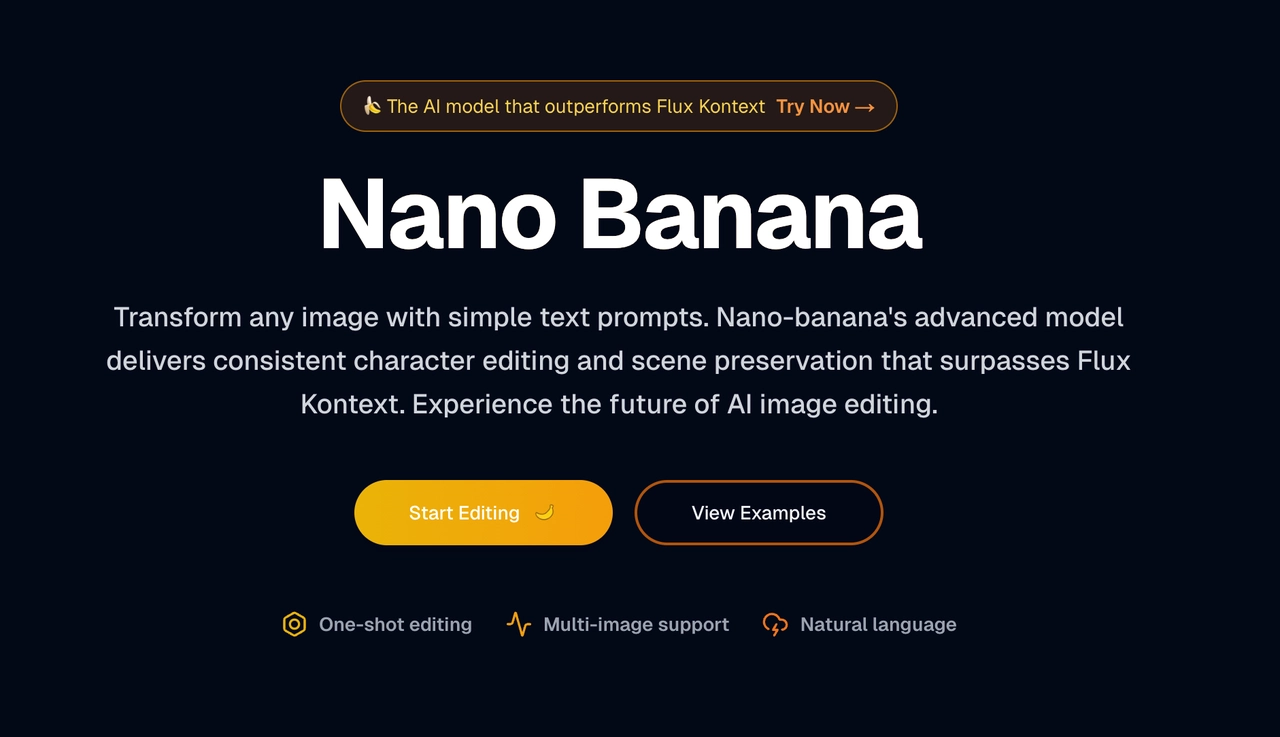
What sets Nano Banana apart is not just its stunning detail but its uncanny ability to capture user intent—almost like mind-reading. This has forced the industry to confront a fundamental question: What really drives powerful image editing performance?
The answer is clear: the competitive edge has shifted from sheer model size to deep understanding of nuanced, human-level instructions. And this capability is powered entirely by the quality and granularity of training data behind the model.
Abaka AI believes that the future of image editing lies in building datasets that bridge the “user intent gap” and enable models to deliver results that feel genuinely creative, contextual, and human-like.
The Core Challenge: Bridging the User Intent Gap
Most AI models can handle simple requests like “remove the background.” But real users imagine much richer, story-driven scenes. When they describe a complex editing task in words, standard models often capture only a few keywords, missing crucial context. This disconnect—the user intent gap—is the biggest hurdle for next-generation image editing AI.
To bridge it, models need to think like creative directors, not just editing tools. Let’s look at three cases that highlight how fine-grained instruction data transforms results.
Case 1: From Isolated Object to Full Commercial Scene
- Image Editing Goal: Execute a complex scene construction task, transforming a picture of a cat into a commercially appealing product model scene.
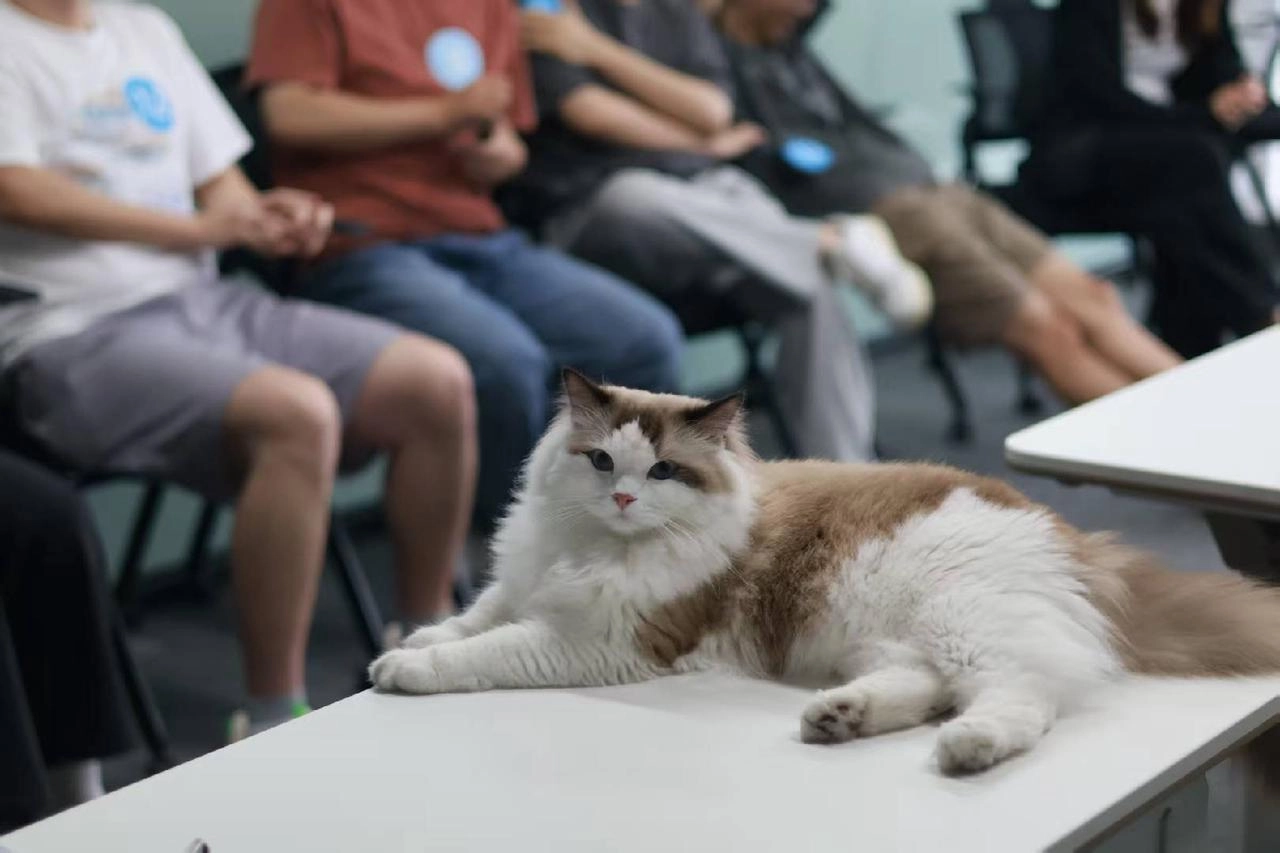
- Standard Instruction (Keywords Only):
Extract the cute cat image and transform it into a 1:1 commercial model. - Result: Produces an isolated object, which is far from sufficient for complex image editing needs.

- Abaka AI fine-grained instruction:
... placed on a computer desk...The base should be a round, transparent acrylic object...The computer screen should display the model's Blender modeling and wiring process...Next to the computer...is a toy box with the cute cat image...printed on the packaging.
- Result: The model is no longer just a simple editing tool but a "scene designer." This level of image editing can accurately construct a complete story that includes the product, environment, and commercial elements, fulfilling the user's true intent.
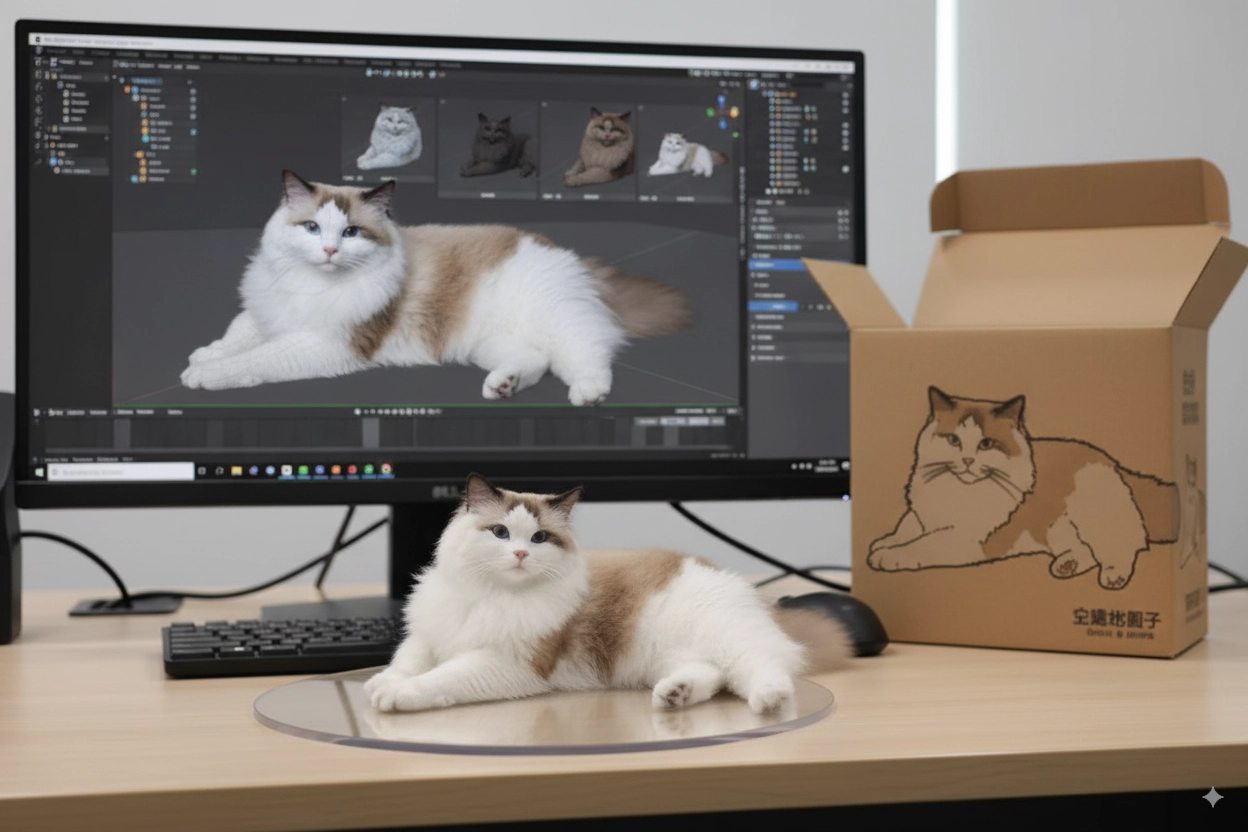
Case 2: From Static Description to Lifelike Narrative
- Image Editing Goal: Perform character and scene compositing to generate a picture of Messi and Ronaldo watching a soccer match in a bar.
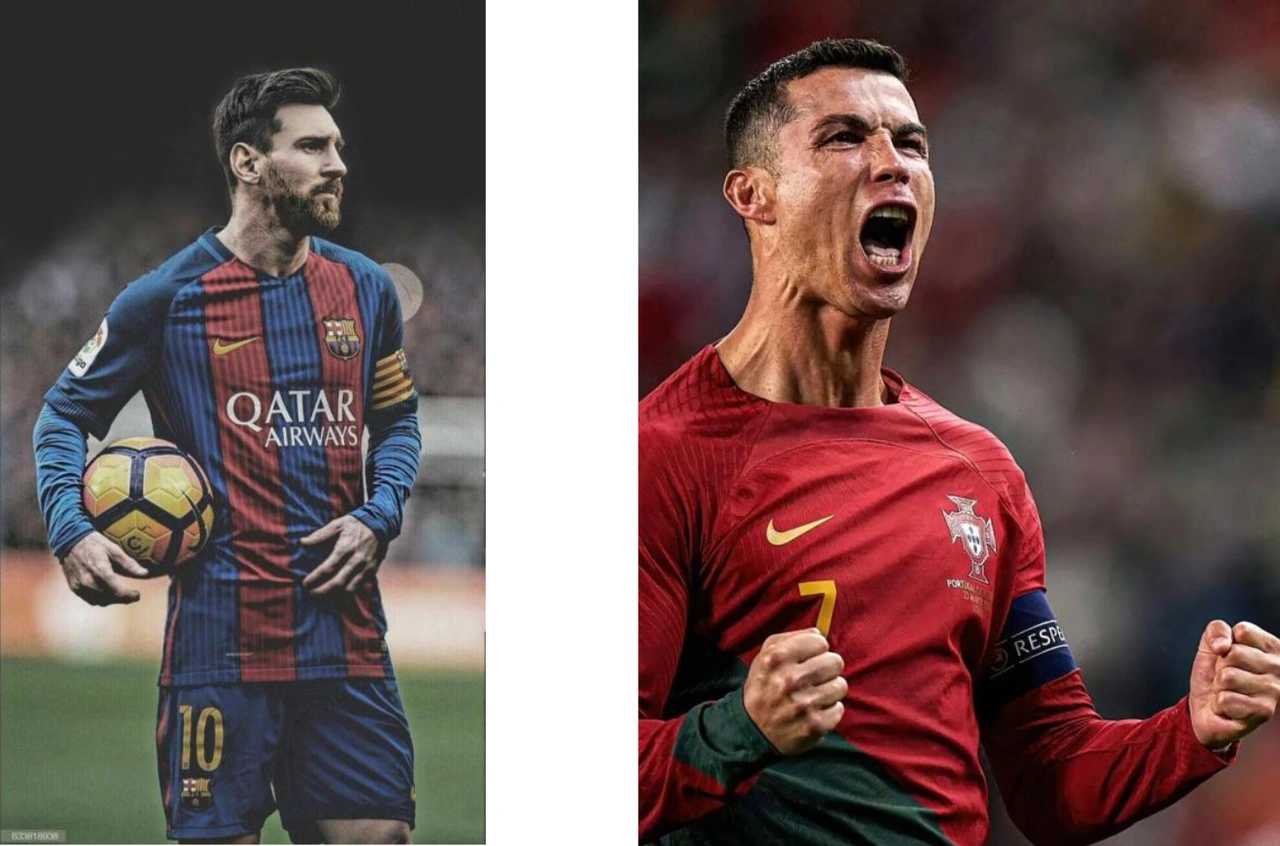
- Standard Instruction (Basic Scene):
The subjects in both images are in a bar, watching a football match.
- Result:
- A stiff, lifeless composition.
- Only Messi is holding a wine glass.
- The expressions of both characters look very unnatural.
- They were simply placed together in the same scene.
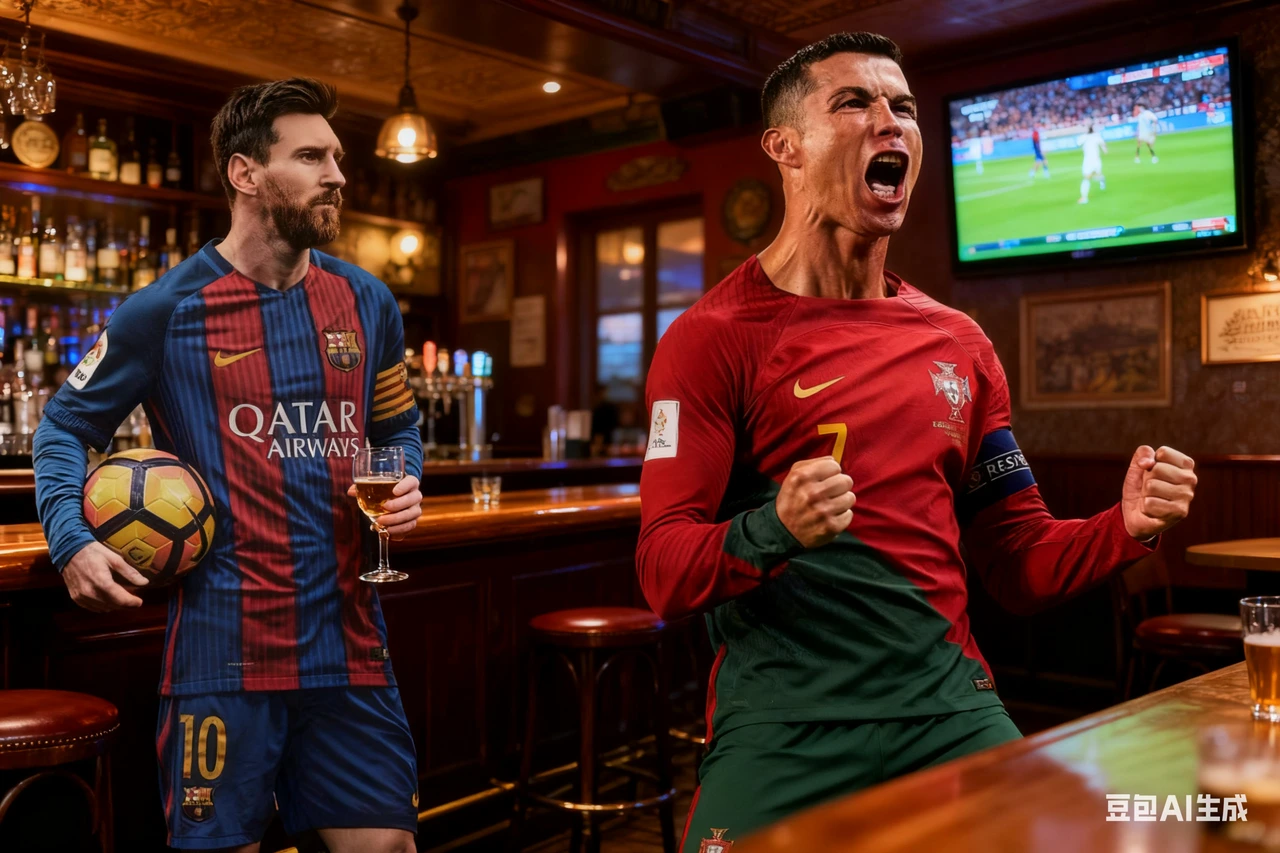
- Abaka AI fine-grained instruction:
Place Cristiano Ronaldo and Lionel Messi in the same scene. Cristiano Ronaldo is wearing a plain black hoodie with no extra patterns, while Messi is wearing a simple long-sleeved white polo shirt. The two are in a whiskey bar, drinking whiskey together, chatting happily, and watching a football match.
- Result: The image tells a story, capturing an expressive moment filled with joy.

Case 3: From Broad Concept to Precise Attributes
- Image Editing Goal: Edit the details of a person to depict a well-dressed man drinking coffee.

- Standard Instruction (Vague Definition):
This man is drinking coffee at the cafe.
- Result:
- A generic, featureless, unremarkable character.
- The man is not in the café.

- Abaka AI fine-grained instruction:
...He wore a white suit and **green sunglasses**, holding a coffee cup in his right hand...with a Rolex watch on his left wrist.
- Result: Every detail is precisely rendered, making the user feel like the AI truly “understood” them.

Accelerating Deployment with Abaka AI’s Image Editing Datasets
Abaka AI curates fine-grained, instruction-rich datasets that teach models to edit like creative directors—not just pixel tools. Each sample pairs a terse “origin instruction” (how users often speak) with a human-expanded instruction that encodes geometry, materials, lighting, continuity, and scene semantics. This pairing is what closes the user-intent gap in production image editing systems.
Sample 1: Part Editing — precision changes without breaking realism
This category focuses on local, attribute-level edits while preserving identity, texture fidelity, and lighting continuity.
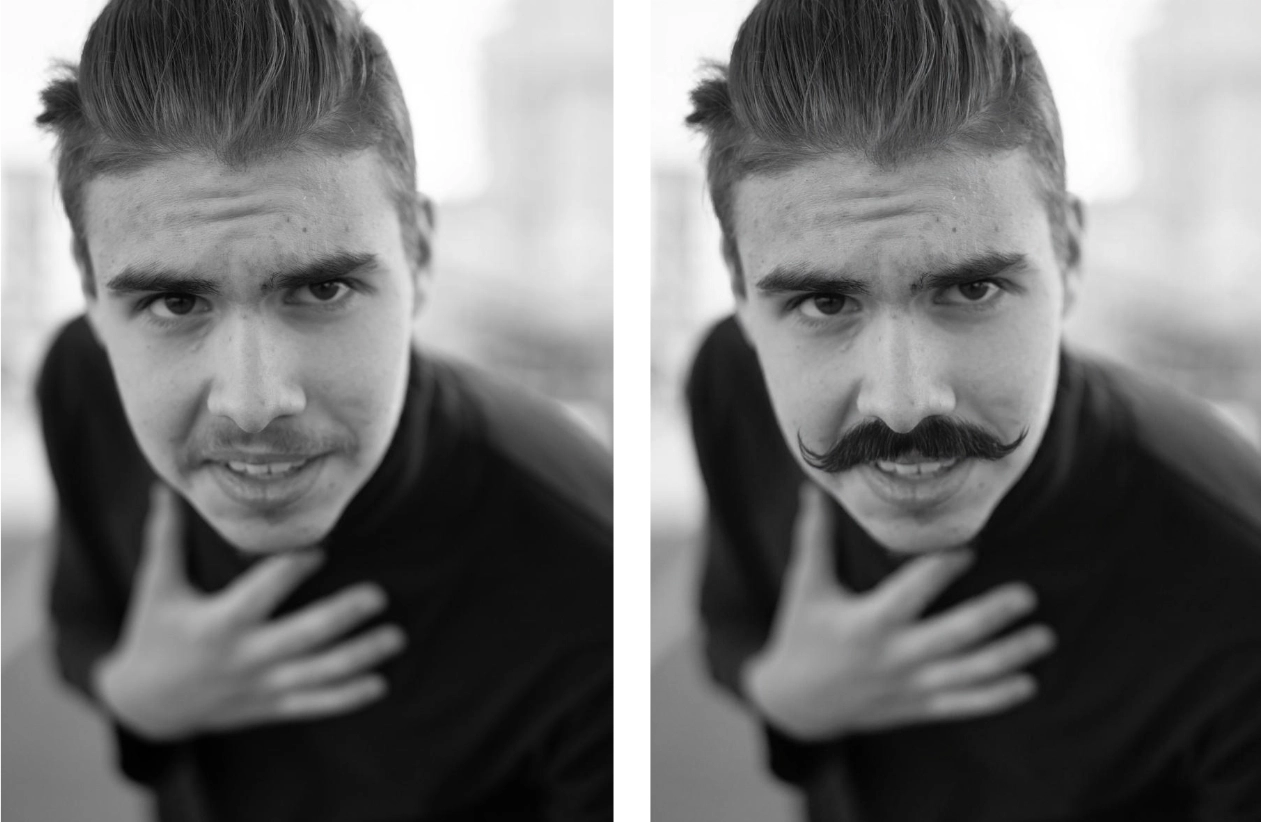
Sample 2: Object Replacement — geometry- and light-aware swaps
This sample forces strict position/scale/perspective alignment, plus photometric integration (reflections, refractions, caustics) so the replacement sits naturally in-scene.
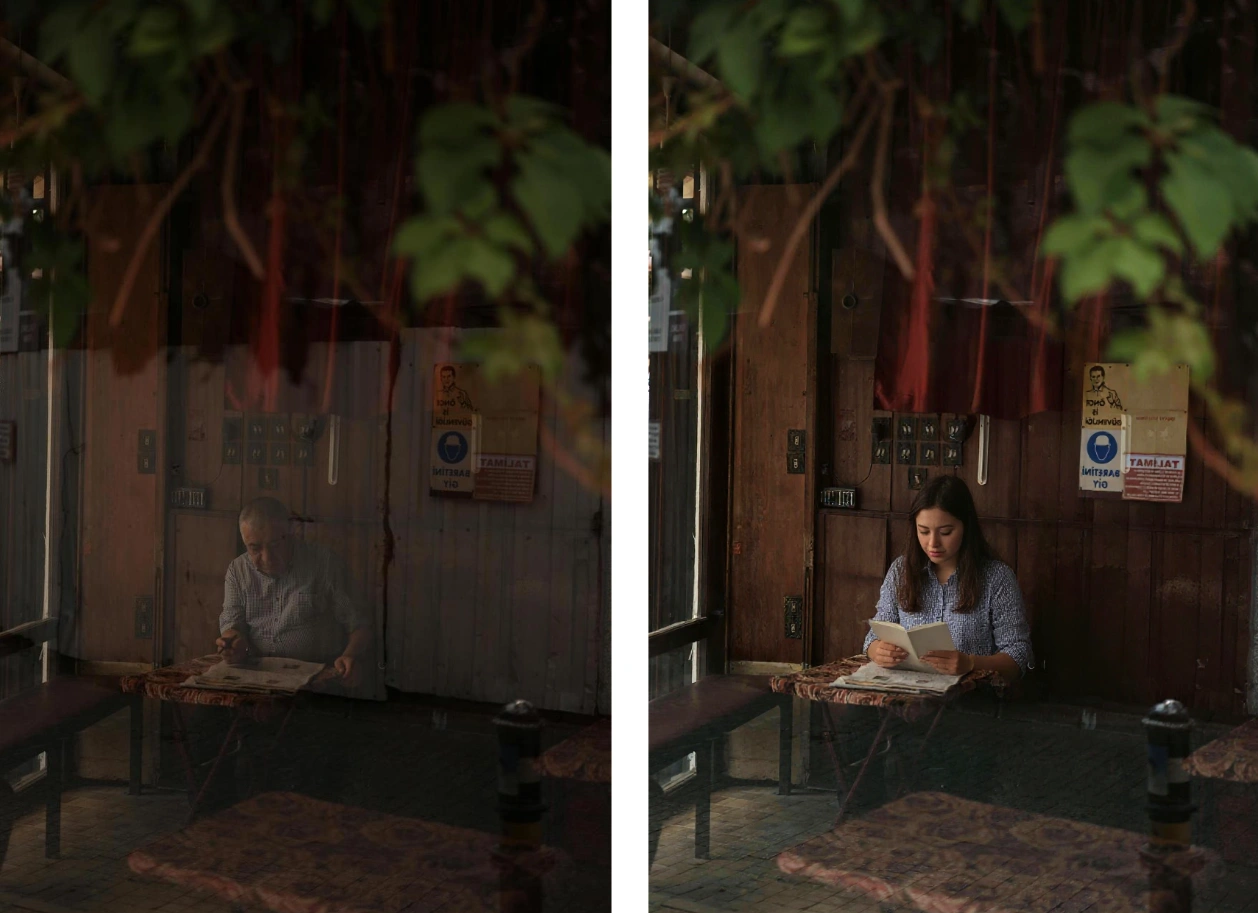
Sample 3: Style Transfer — aesthetic control with structural fidelity
Prompts emphasize stroke behavior, substrate texture, tonal range, and subject legibility—so style never erases content.
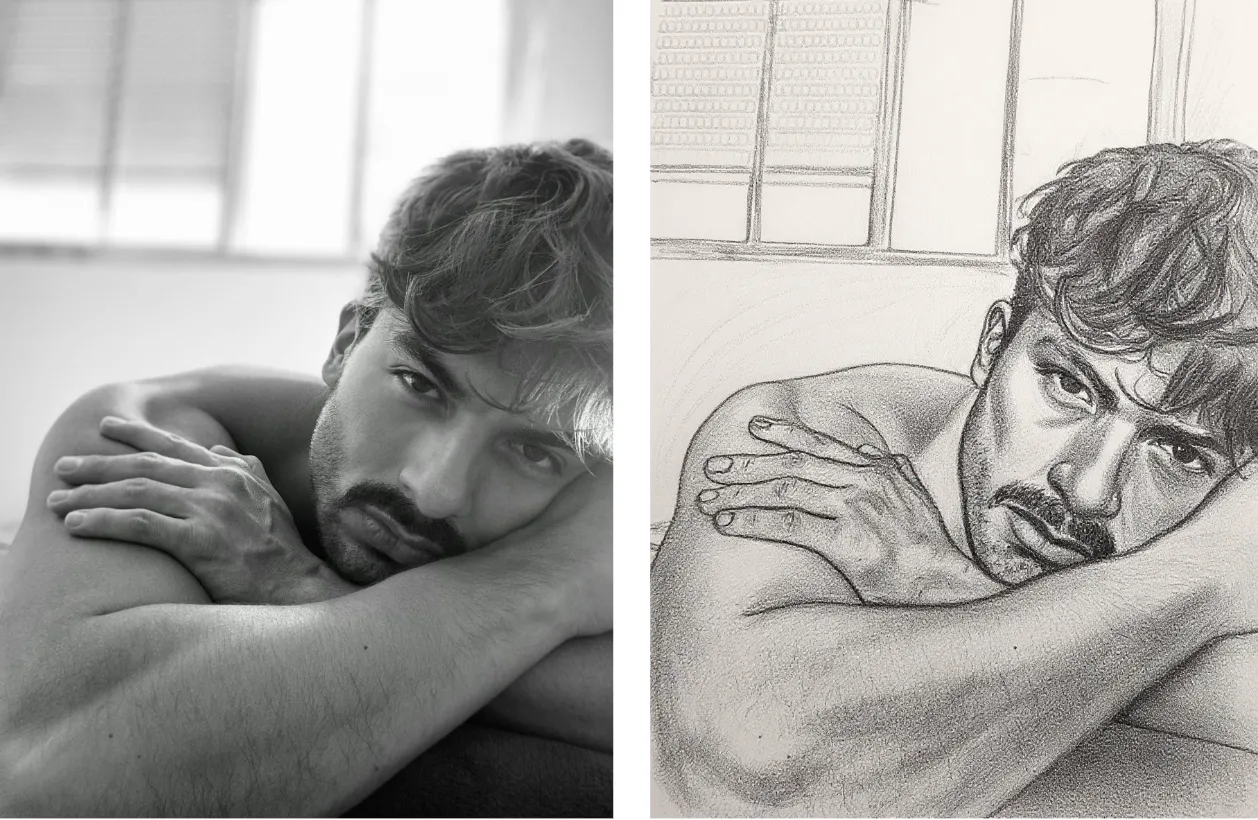
Taken together, these categories give your model repeat exposure to granular constraints (pose-aware part edits), physically plausible compositing (replacement with lighting/material logic), and aesthetic transformations with semantic preservation (style without content drift). That’s why Abaka AI’s instruction design acts like a visual language curriculum rather than a flat label set—exactly what production-grade image editing models need to generalize beyond simple keywords
Fine-Grained Instruction Data: The Real Moat for Image Editing AI
Nano Banana’s success is not magic. It is built on massive volumes of high-quality, fine-grained instruction data that trained the model to parse scenes, attributes, stories, and atmospheres like a human creator.
To replicate this success, future image editing models must undergo specialized training on datasets that embed context, detail, and creativity into every instruction.
Abaka AI’s datasets are designed for exactly this purpose. We don’t just provide images and labels—we deliver a visual language curriculum that trains AI to think like top designers.
Ready to Build the Next Generation of Image Editing Tools?
With Abaka AI’s fine-grained instruction datasets, you can create products that truly align with user imagination and outperform industry expectations.
👉 Contact us today to explore how our data solutions can power your next-generation image editing applications.